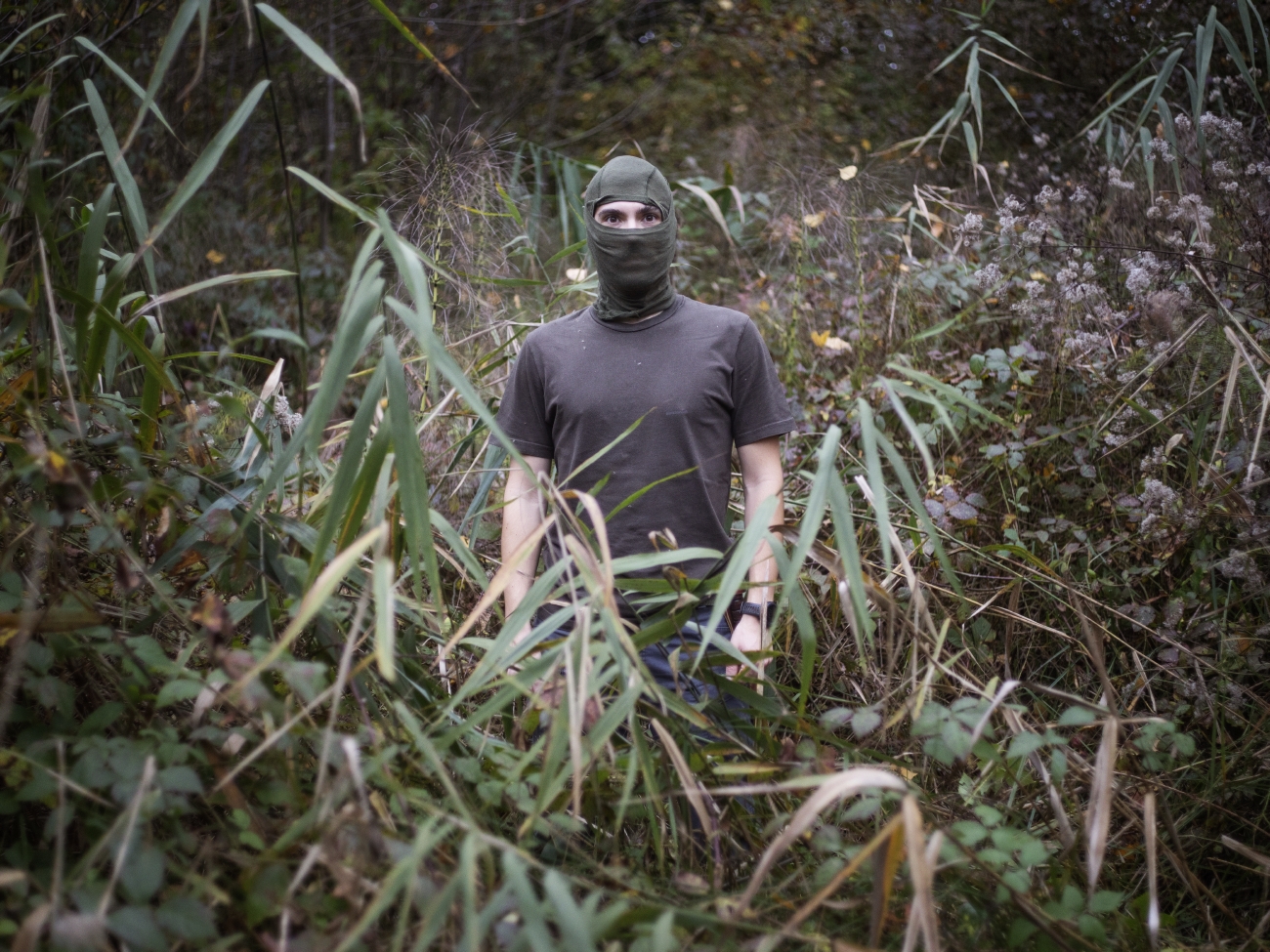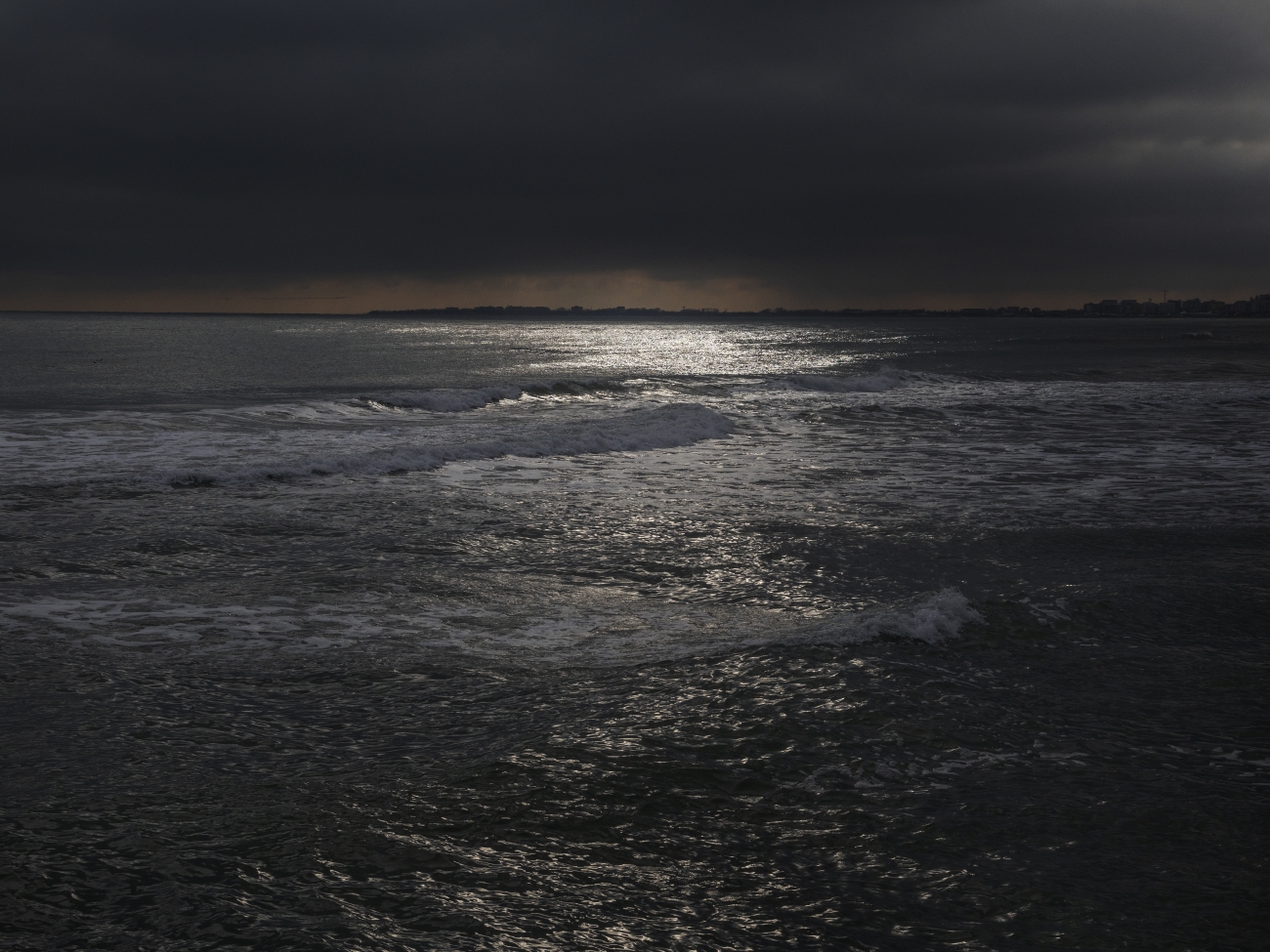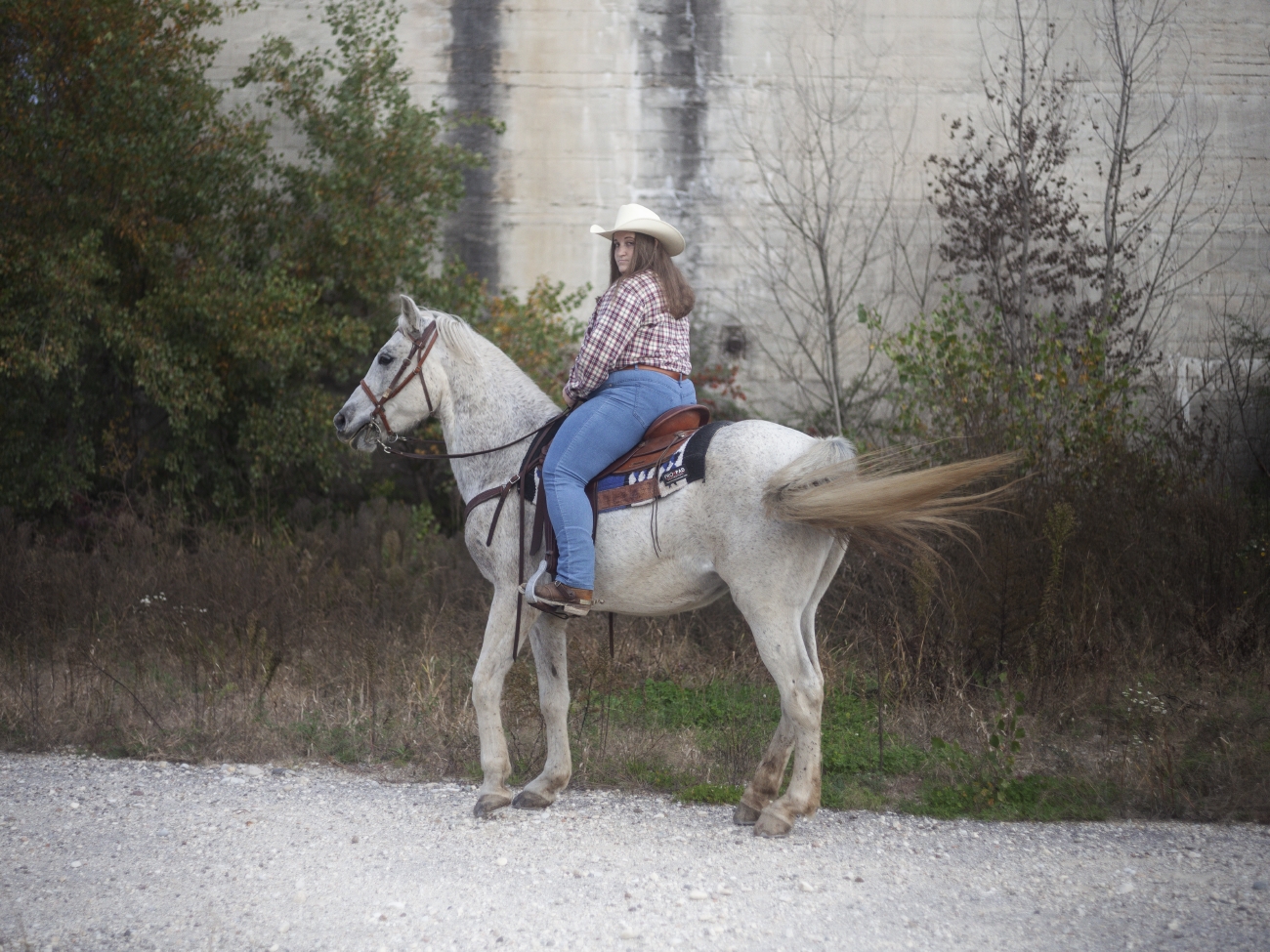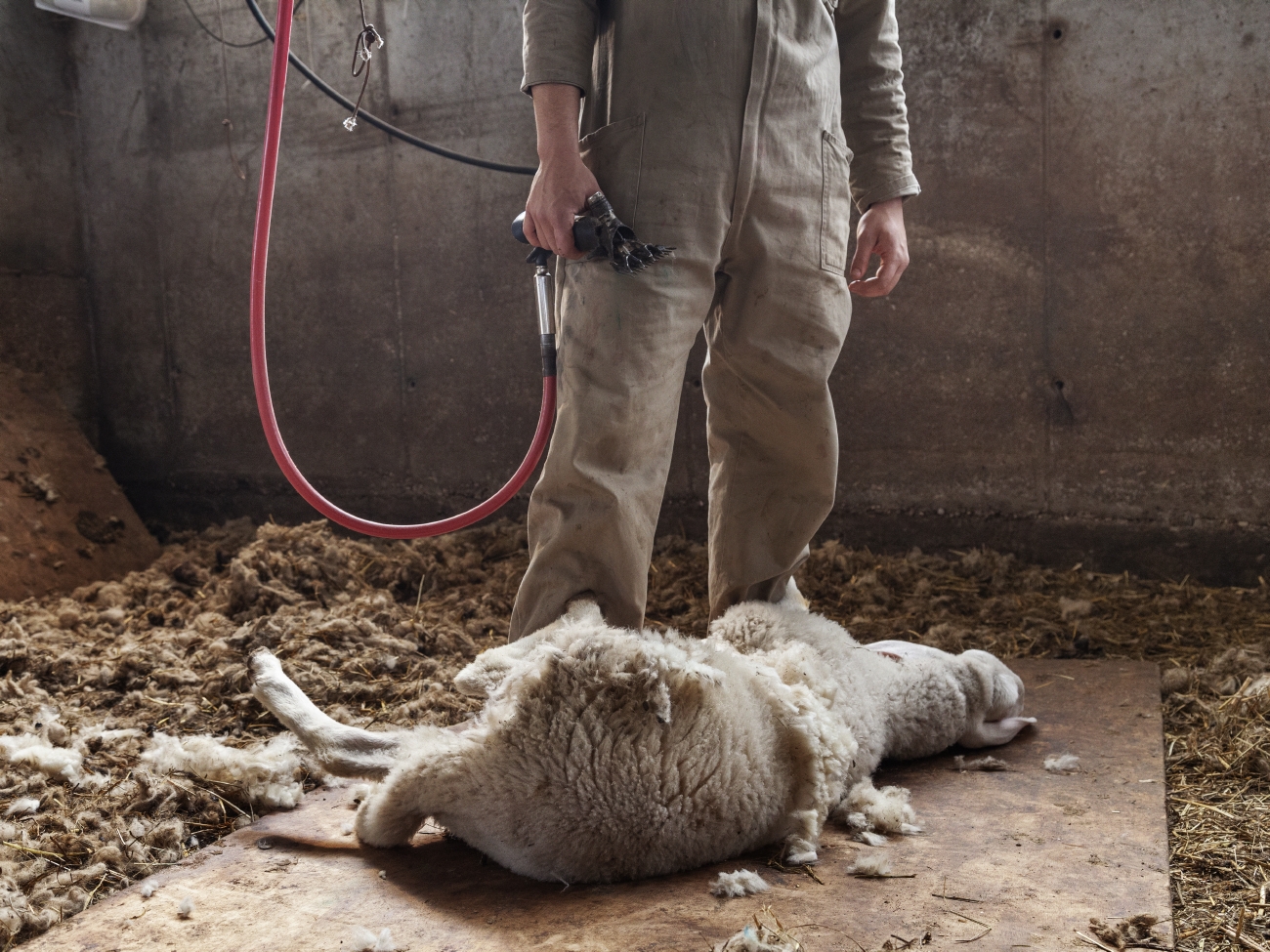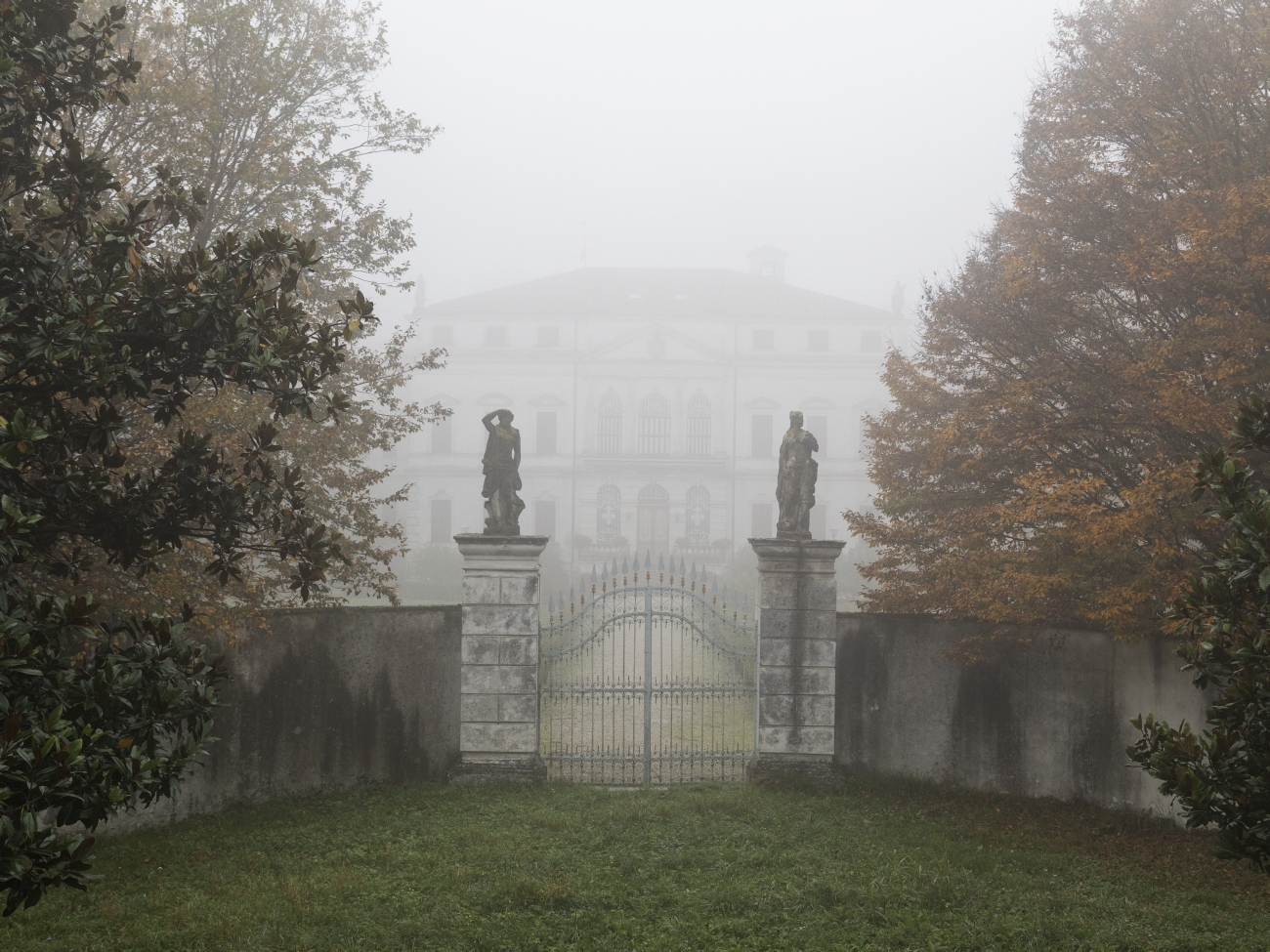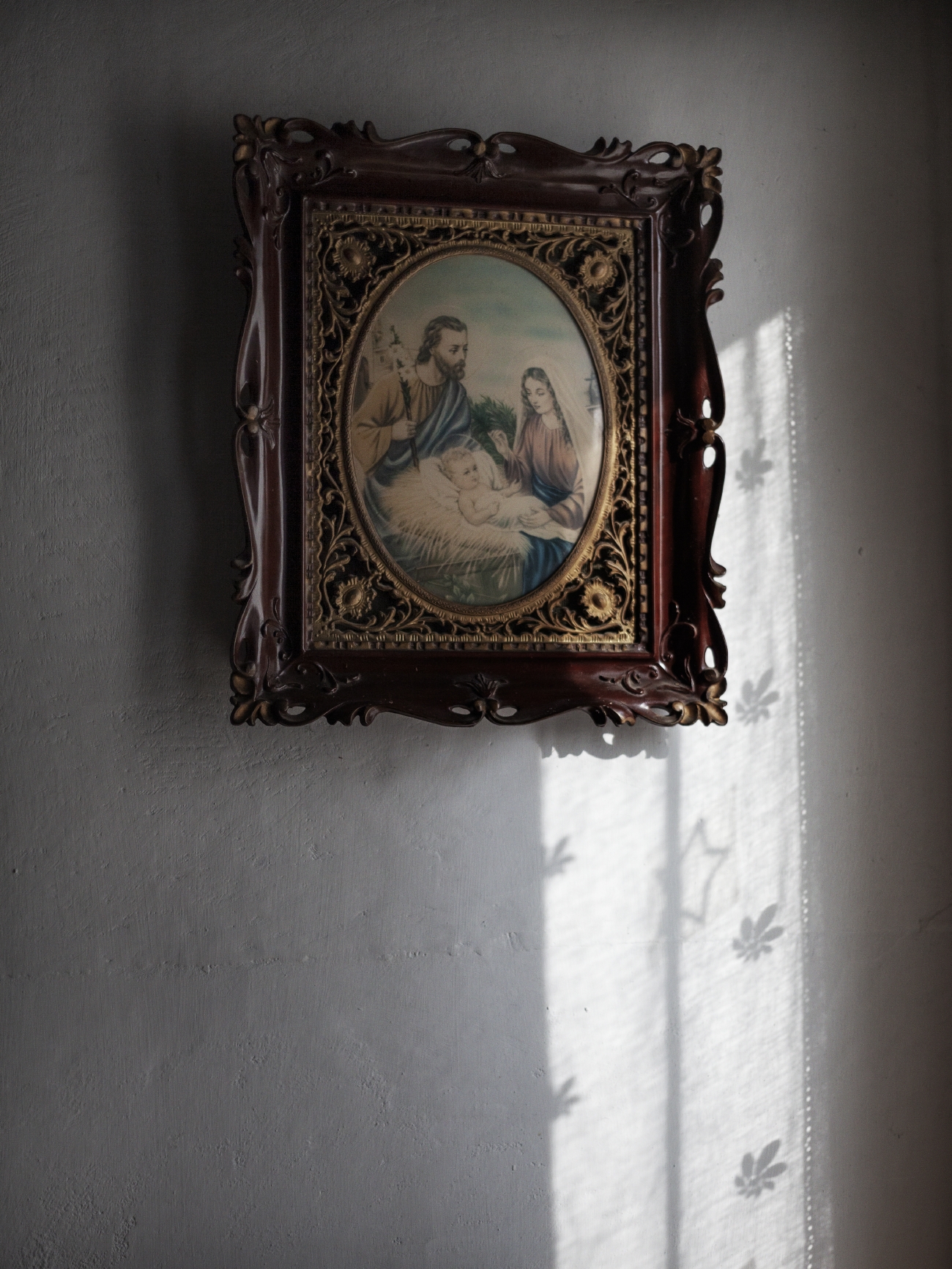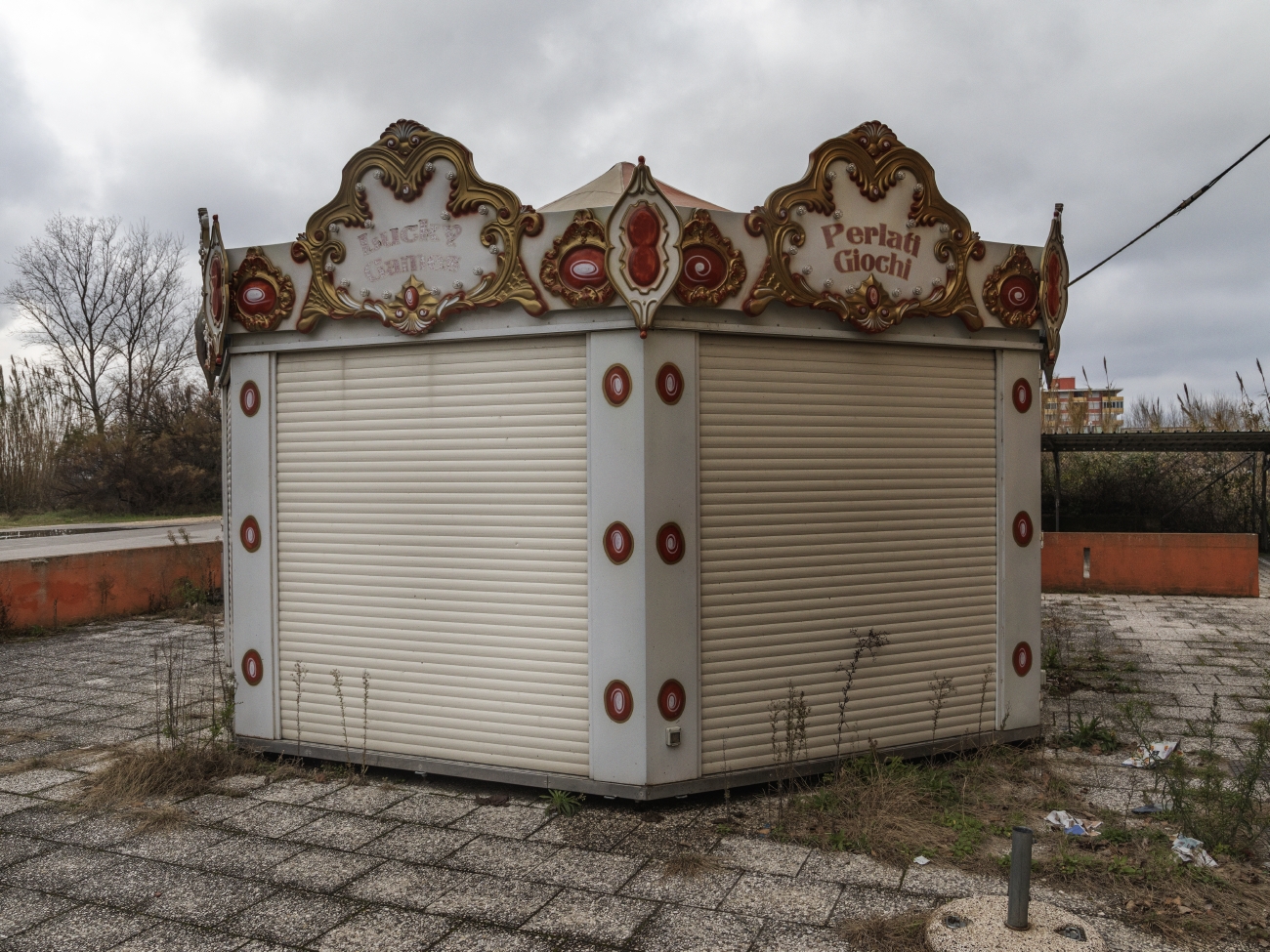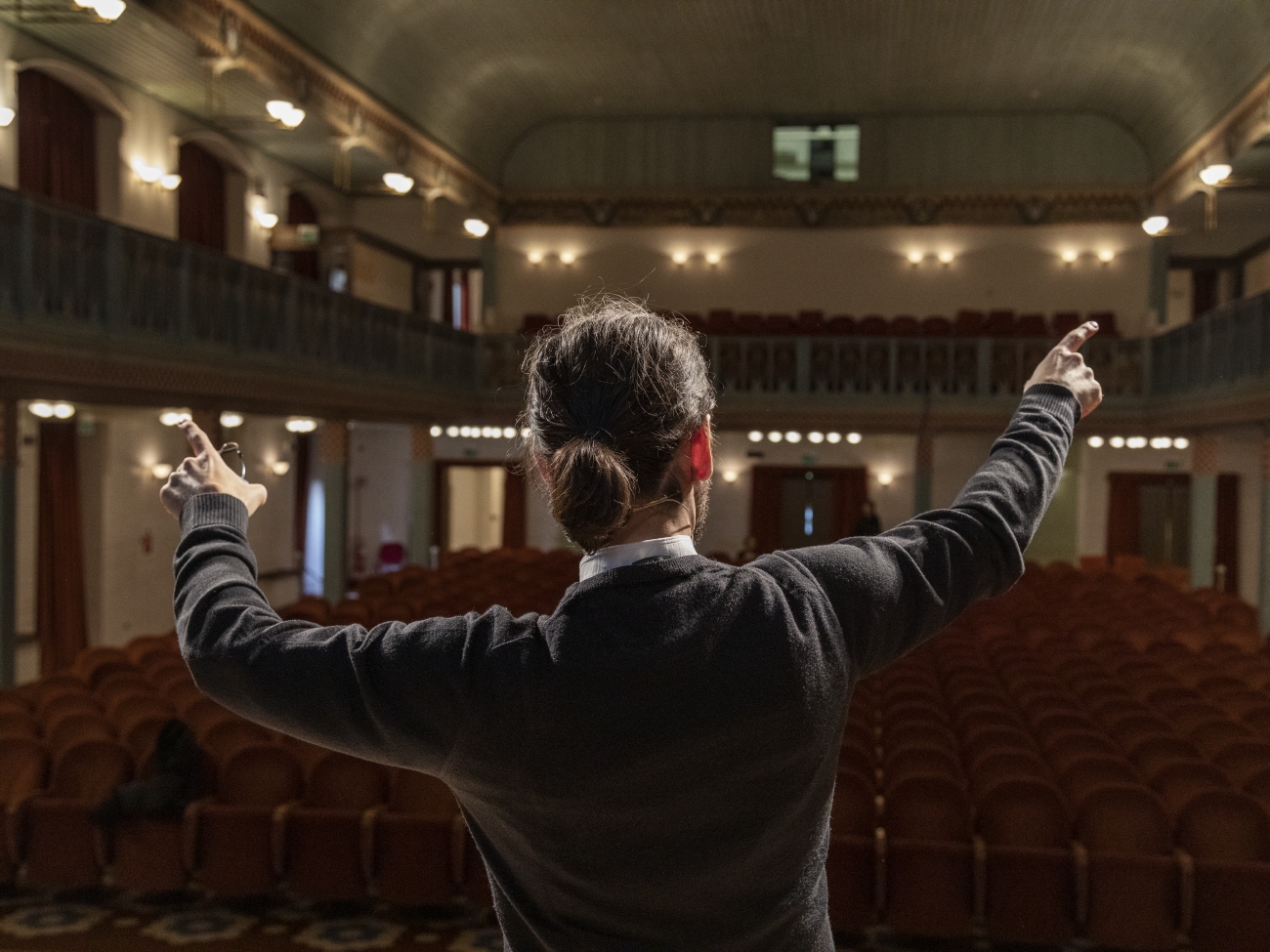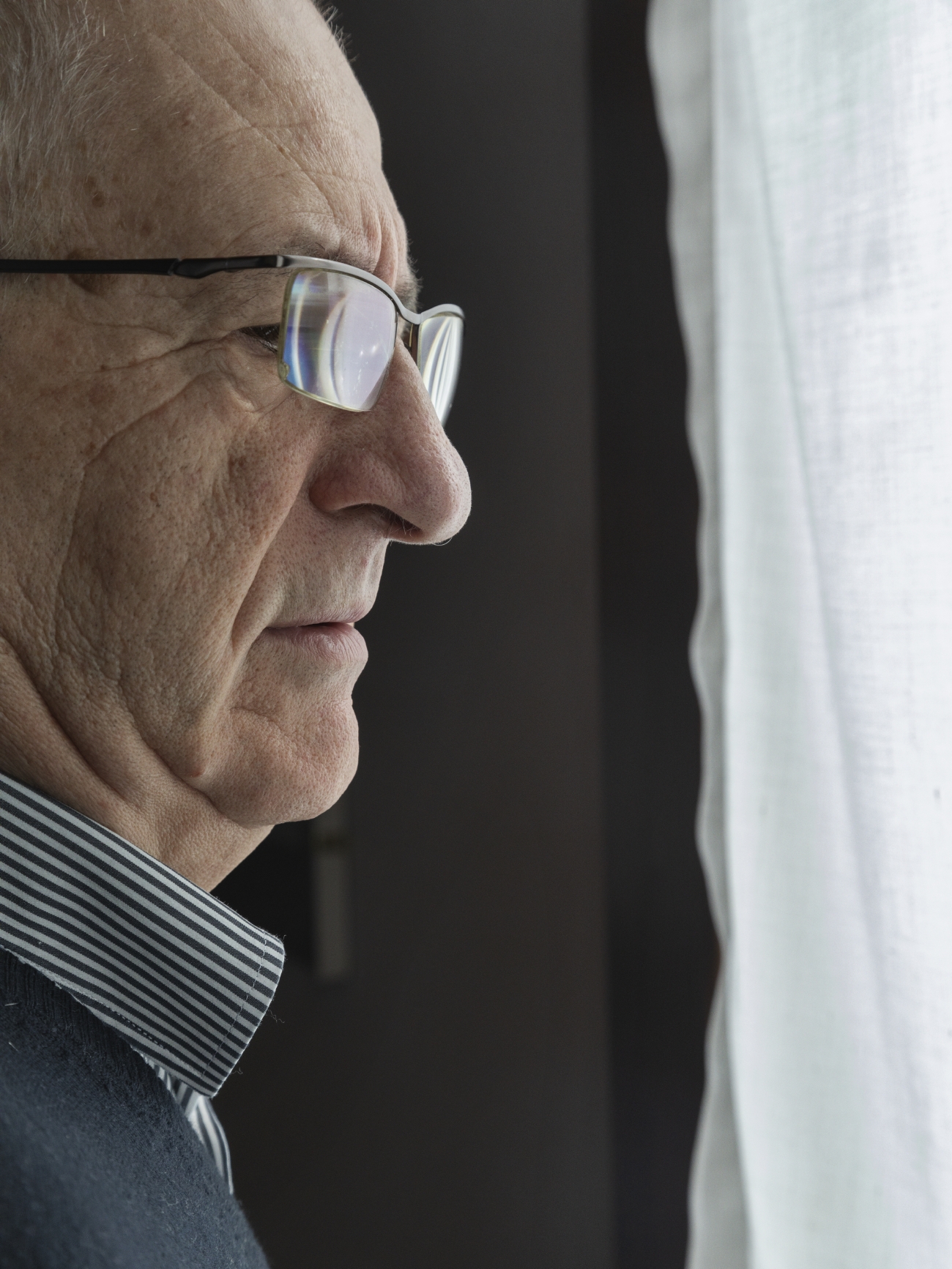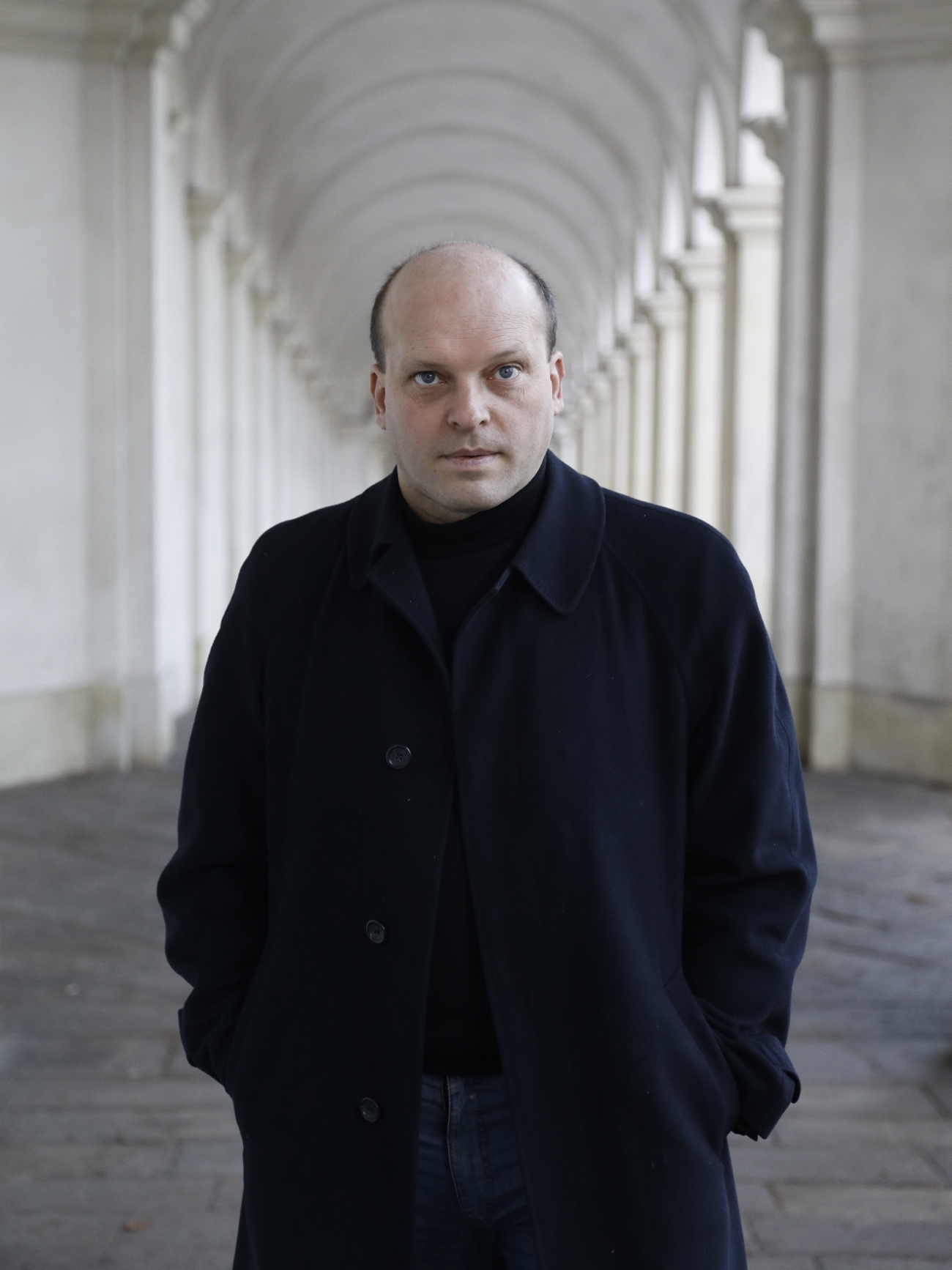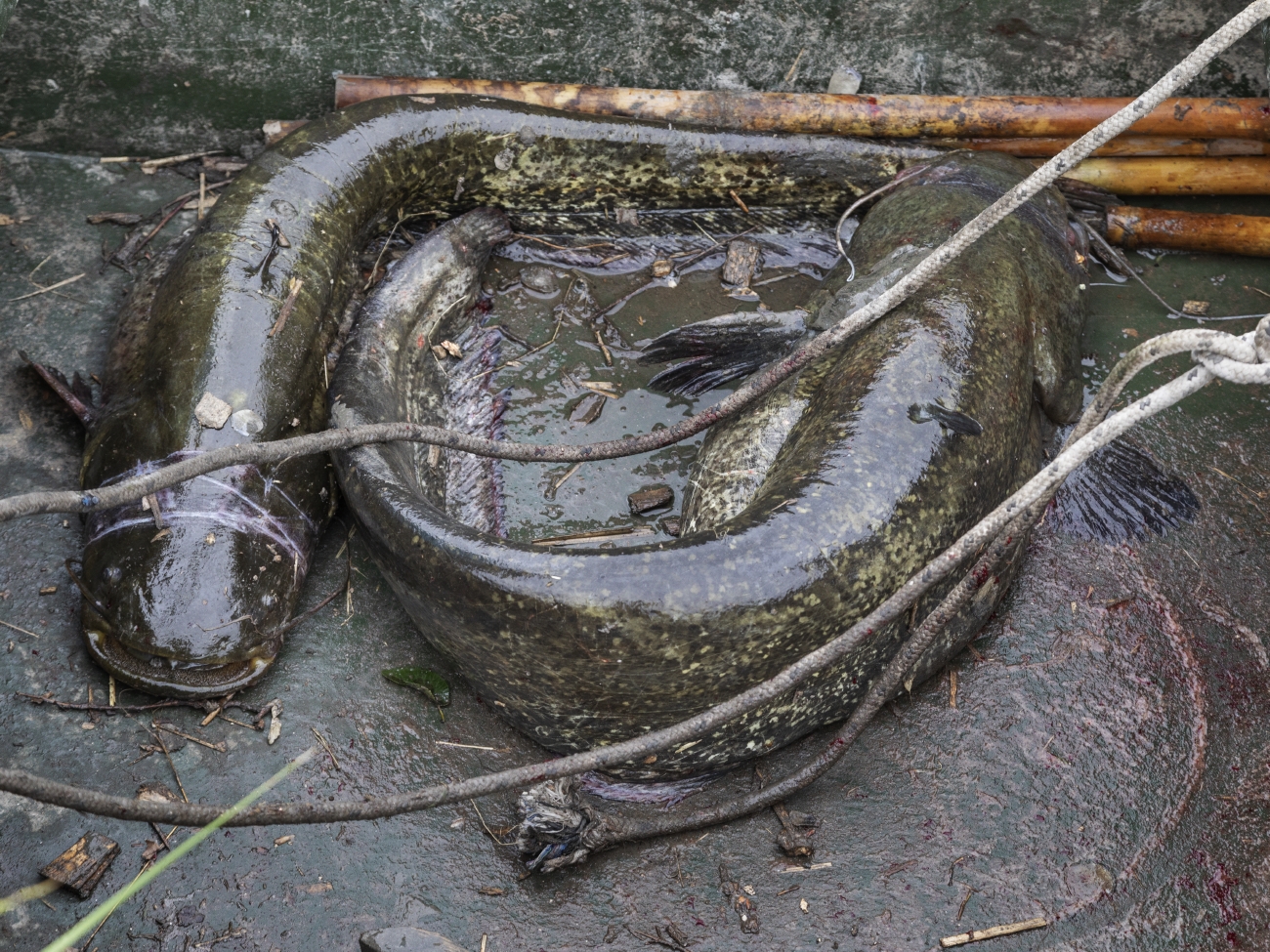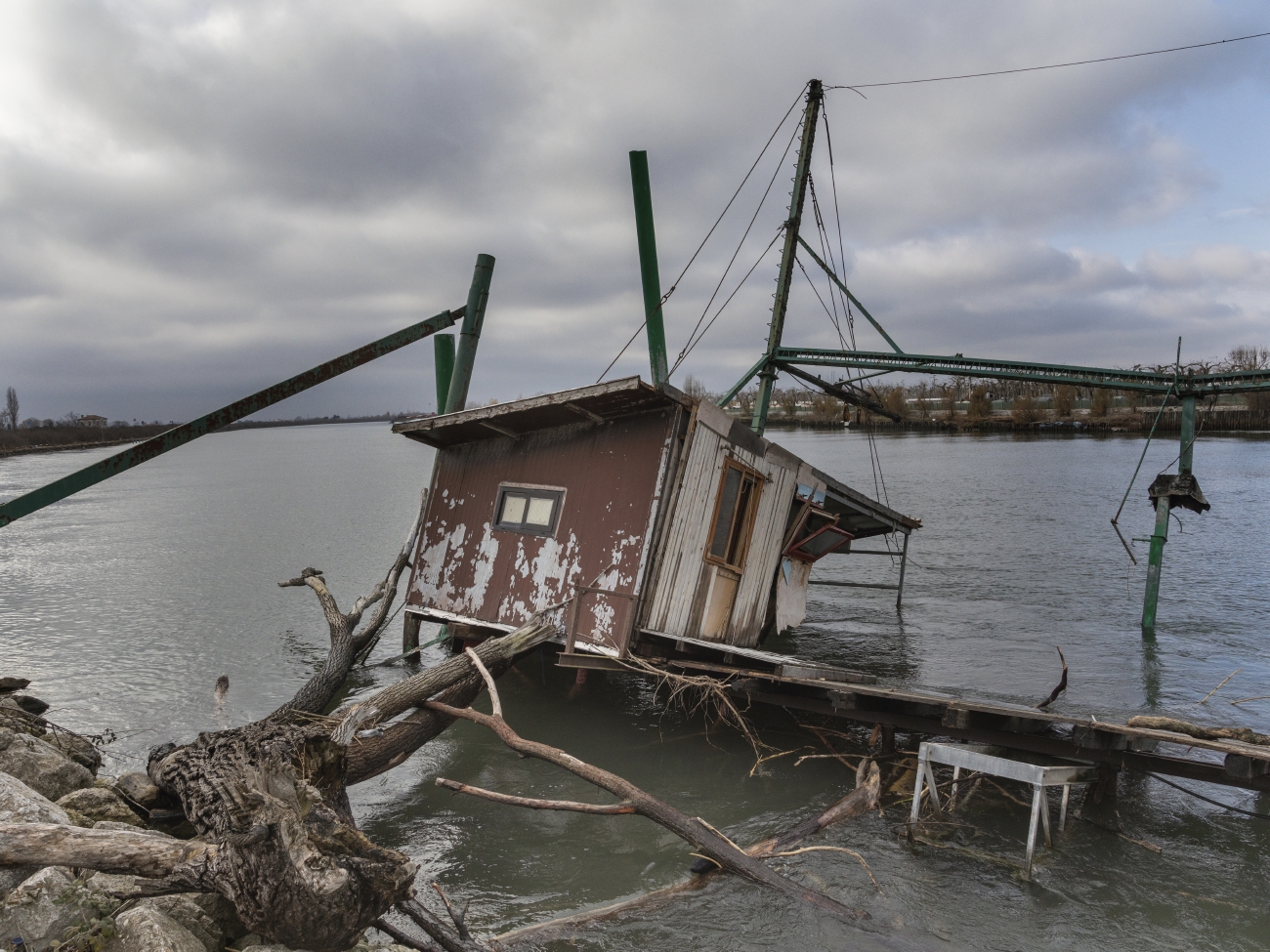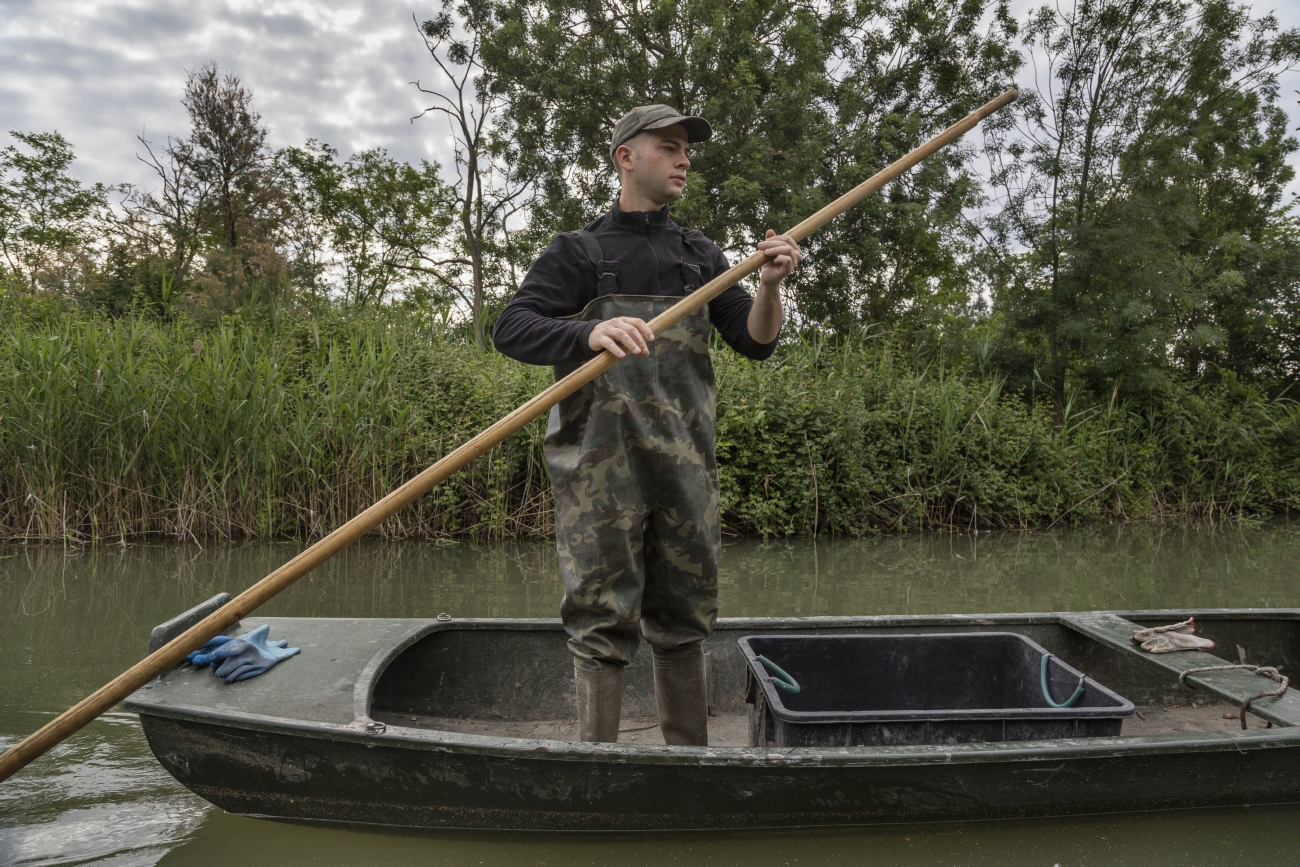The Twists and Turns of the Brenta River
A journey to the heart of the Veneto region, from tradition to innovation, the environment and religion
Photo by Andrea Signori
In the 1950s the hardworking Veneto region in the northeast of Italy, best known for its capital Venice, was a poor, agricultural area. Nobody would have bet on the success that was to arrive with such force and resounding impact. In just a few years farmhands became factory workers, unemployment disappeared and the economic boom powered the growth of the region’s economy at breakneck speed. Veneto became one of the richest regions in Europe. For twenty or so years, beginning from the end of the 1970s, each year saw double-digit growth, spreading wellbeing and driving the expansion of the region’s businesses, which for the most part were family run firms.
Today, after almost two years of the Covid crisis, once more Veneto is driving the recovery of the Italian economy, registering the highest growth in the country. One of the symbols of this “economic fairy tale ” was and is the important waterway, the Brenta, which runs through the heart of the region and spans almost 200 kilometres. Along this river Veneto’s inhabitants came of age, reaping the fruits of this golden period and today they reflect on a period of change, poised between the risks of globalization, the damage caused by the pandemic and the energy of the new generations that are increasingly contaminated by foreign cultures.
(2021)
The Brenta provides a privileged view of the heart of Mediterranean Europe: following its course one embarks on a journey through religion, taking in aspirations of regional independence, sumptuous villas as well as small warehouses and shed workshops, not to mention pollution, the determination of the region’s inhabitants and the silence of a region that is traditionally reserved in character but has always been dedicated to hard work.
